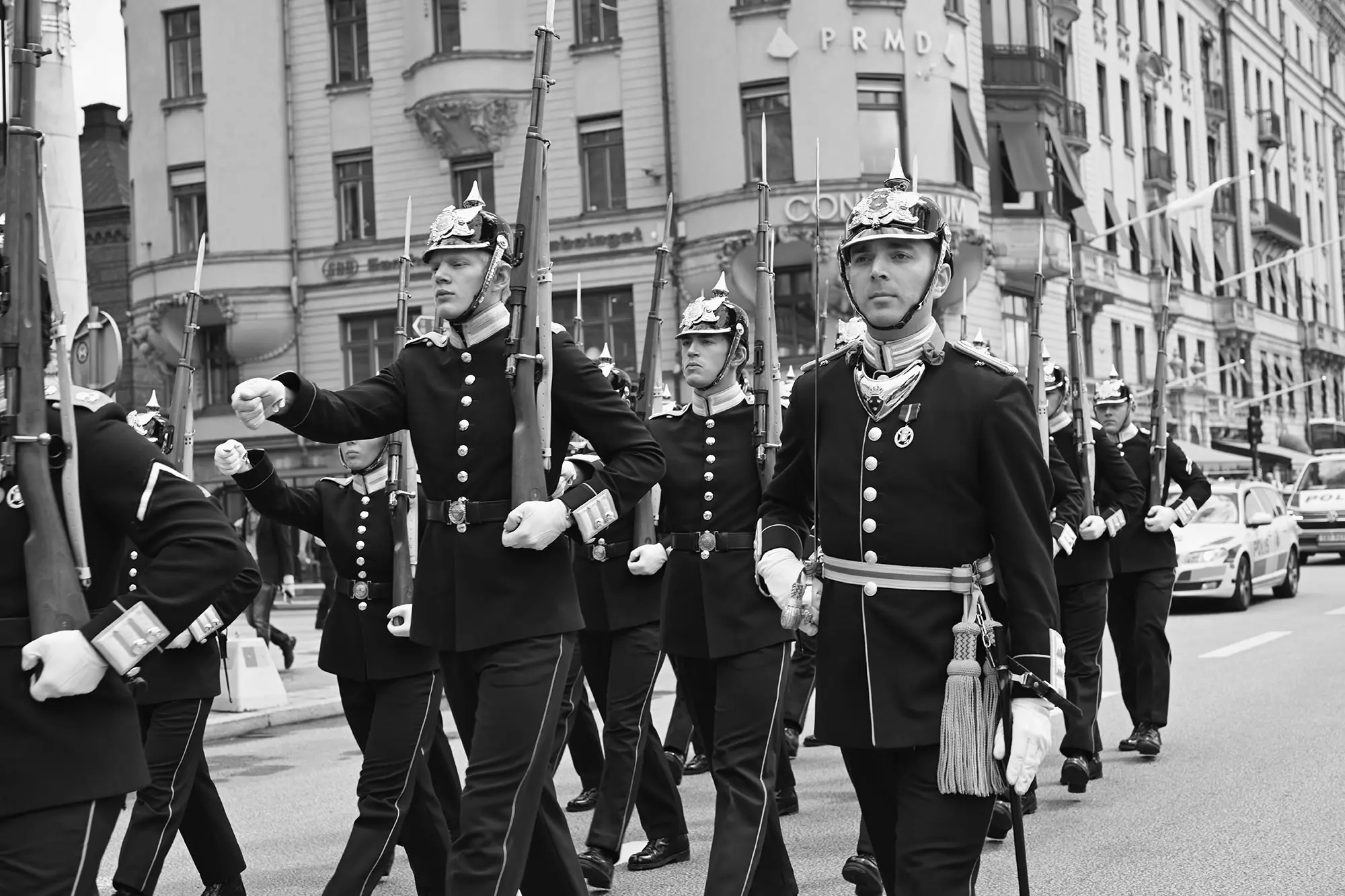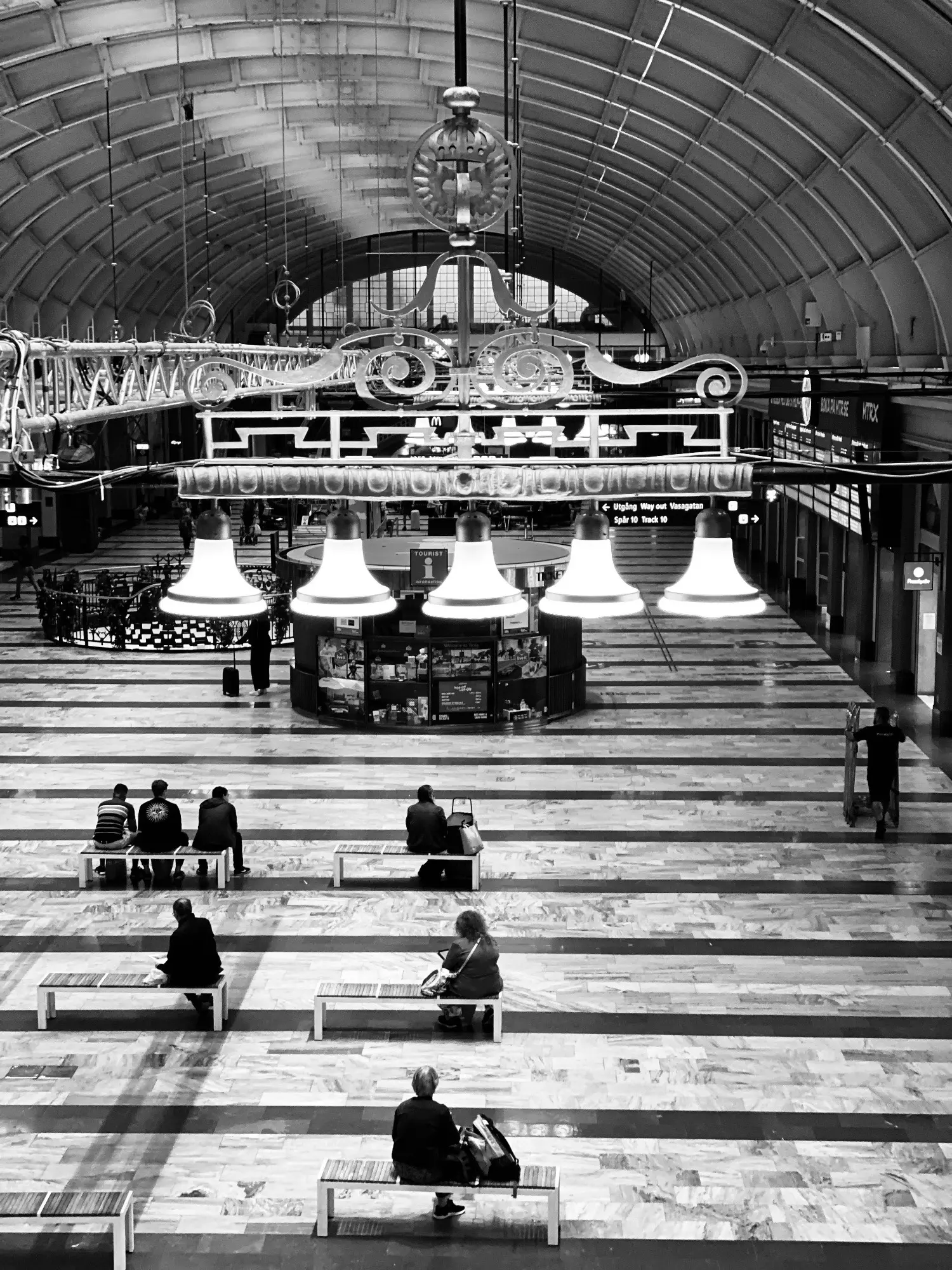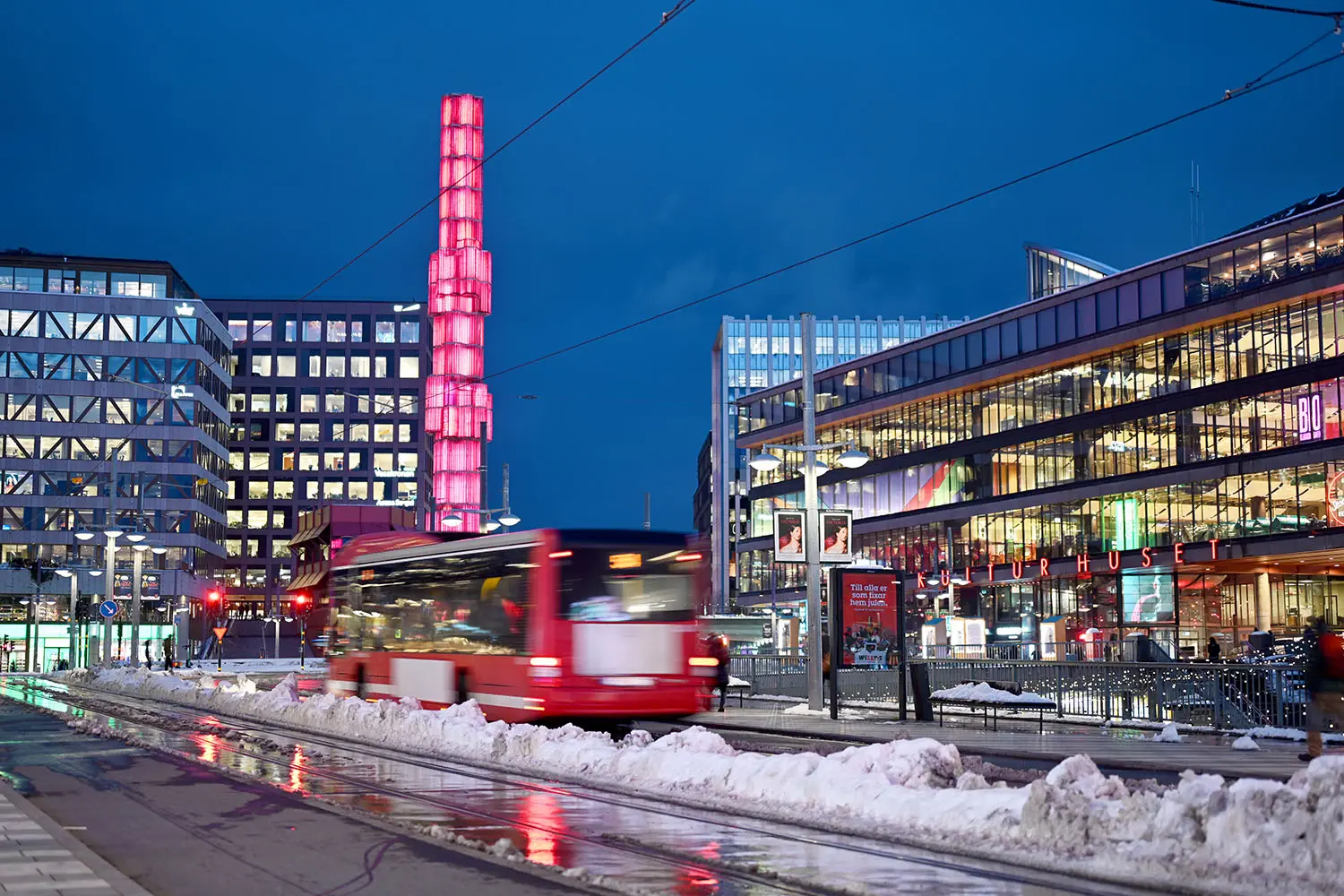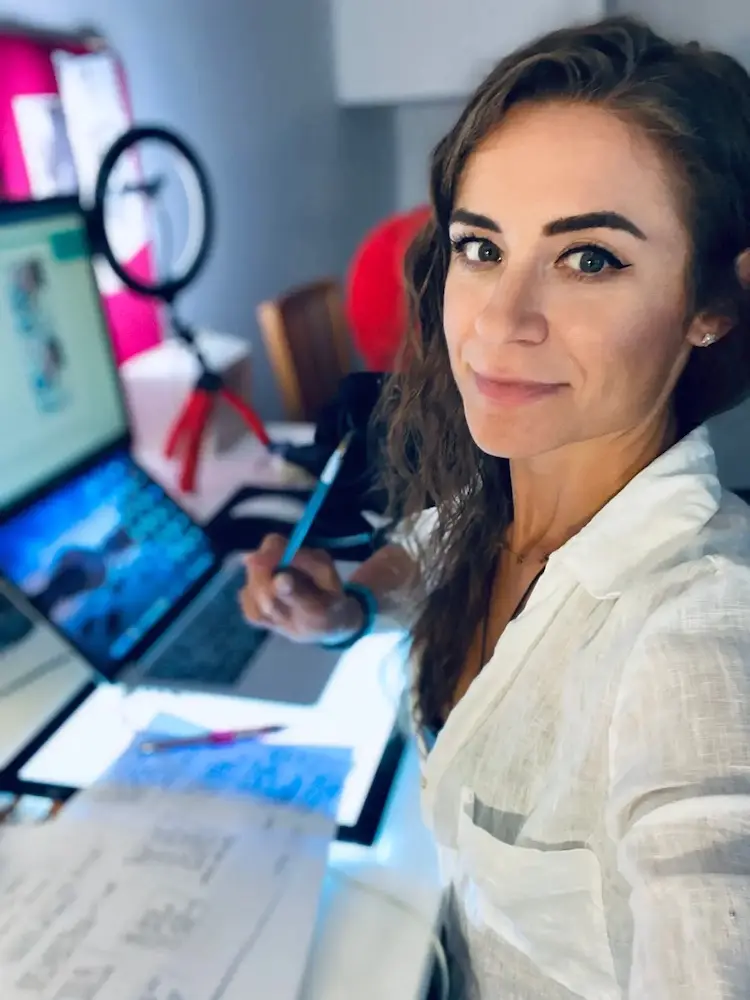KAMILA MANKIEWICZ
NewsRoom
THE NEWS IS ONLY HALF THE STORY
LATEST NEWS
ALL STORIES
ABOUT US
Masters of Street Photography

Photo: Kamila Mankiewicz
Bridging the Past with the Present
Street photography, in essence, serves as a genuine mirror to everyday life. It not only bears witness to reality but also stands as a source of inspiration for those yearning to capture the essence of urban living.
The Essence of the Street: The Magic of Street Photography
Street photography epitomizes spontaneity, capturing moments and details that might seem mundane or overlooked to many. It’s an art form that permeates everyday life, seizing the unscripted moments of people, the captivating architecture, and the minor events that constitute the fabric of urban existence. Contrary to traditional photography that relies on meticulously planned compositions, street photography is driven by instinct and intuition.
Regardless of the technique, the camera used, or the chosen location, every street photo is unique. Even if two photographers decide to capture the same scene, their results will differ in perspective, emotion, or interpretation. Such subjectivity makes street photography so rich and diverse. The common denominator of these photos is their authenticity. The street photographer becomes a silent observer, recording life as it is without trying to steer or manipulate reality. As a result, each image becomes deeply human, reflecting the joys, sorrows, hopes, and fears of city dwellers. Street photography is more than just a technique or a tool in the artist’s hand; it’s primarily a way of seeing the world. It allows us to freeze fleeting moments and share them, reminding us of the continuous flow of life around us.

Photo: Kamila Mankiewicz
Immortal Legacy of the Great Masters
Great masters of street photography, like Henri Cartier-Bresson or Vivian Maier, managed to capture this uniqueness in their images. They didn’t just take pictures; they told stories about our ever-moving world.
Most would agree with me that the father of modern reportage is none other than Henri Cartier-Bresson, who also created the exhibition “The Decisive Moment”, the first photographic exhibition to grace the Louvre in 1955. This exhibition marked a significant moment in photographic history, signaling official recognition of photography as an art form on par with other artistic domains. His works educated subsequent generations, and the “decisive moment” became a concept known to every photojournalist worldwide.
Regarding Vivian Maier – she had an incredible eye and an impeccable sense of timing, but that’s not what most intrigues the masses about her. For 50 years, she took photos, leaving behind over 100,000 photographic negatives that documented life in Chicago and New York, where she was from. Yet, she showed them to no one – they were locked away in a drawer, and she worked as a nanny. Only a few years after her death, thanks to the film “Finding Vivian Maier”, she quickly became the “undervalued master of her time.”
Lingering in the Shadows
In the world of photography, the name Henri Cartier-Bresson is synonymous with the fatherhood of photo reportage. However, speaking of Poland, my homeland, I absolutely must mention Tadeusz Rolke, recognized as the precursor of Polish photojournalism. This exceptionally remarkable photo-reporter, at the age of 94, remains an active, vibrant creator. Born in 1929 in Warsaw, Rolke began his career in the challenging post-war years. Over time, he became one of the most recognizable Polish photographers, creating images for Europe’s top press titles. His diverse portfolio includes portraits of famous artists, fashion photographs, and documentation of the countercultural hippie movement.
One of Rolke’s most significant achievements, besides his contribution to photojournalism, is his role as an educator. Over the years, he passed his knowledge and passion to many students, becoming a mentor to the next generations of photographers.

Photo: Kamila Mankiewicz

Photo: Kamila Mankiewicz
A New Era, Ancient Roots
Street photography in recent years has been evolving at an incredibly rapid pace, mainly due to social media platforms that democratically allow artists from various corners of the world to emerge.
However, let’s remember those who laid the foundations for this genre and taught us how to view a street full of daily moments through a lens’s perspective. Thanks to them, we understand that every photo is not just an image but, above all, a story. In the digital age, where each of us has a camera on our phone and the ability to instantly share our image with the world, it’s easy to forget about the deep roots of street photography.
We must also acknowledge the role traditional photographic techniques play, the feel of film in hand, or the scent of chemicals in a darkroom. They bridge the past and present in street photography. Reflecting on masters like Cartier-Bresson, Maier, or Rolke, we learn to appreciate the craft and the passion with which they approached their work. The hands that once scrolled films now inspire us to continue their legacy and pass on this passion to the next generations.
Let the photographs we take not only be a fleeting trend on social media but a mark we leave for future generations. Let’s draw inspiration from the masters but also seek our path in photography because it’s our individual view of the world that makes us true artists.

Photo: Kamila Mankiewicz, Photographer Stockholm

Kamila Mankiewicz
AUTHOR
TEAM

Kamila Mankiewicz
Educated Journalist, Photographer and Documentary Filmmaker. ICT Specialist. Founder & creator of this website.

Nicklas Larenholtz
Free independent writer with 15 years of experience of website-development and Internet marketing. SEO Specialist. Guest author.
HJALP FINNS .NU
The Art of Photography
also gave me an amazing tool.
One image or gesture can express
more than a thousand
written or spoken words.
Street Photography
The Art of Photography
also gave me an amazing tool.
One image or gesture can express
more than a thousand
written or spoken words.
